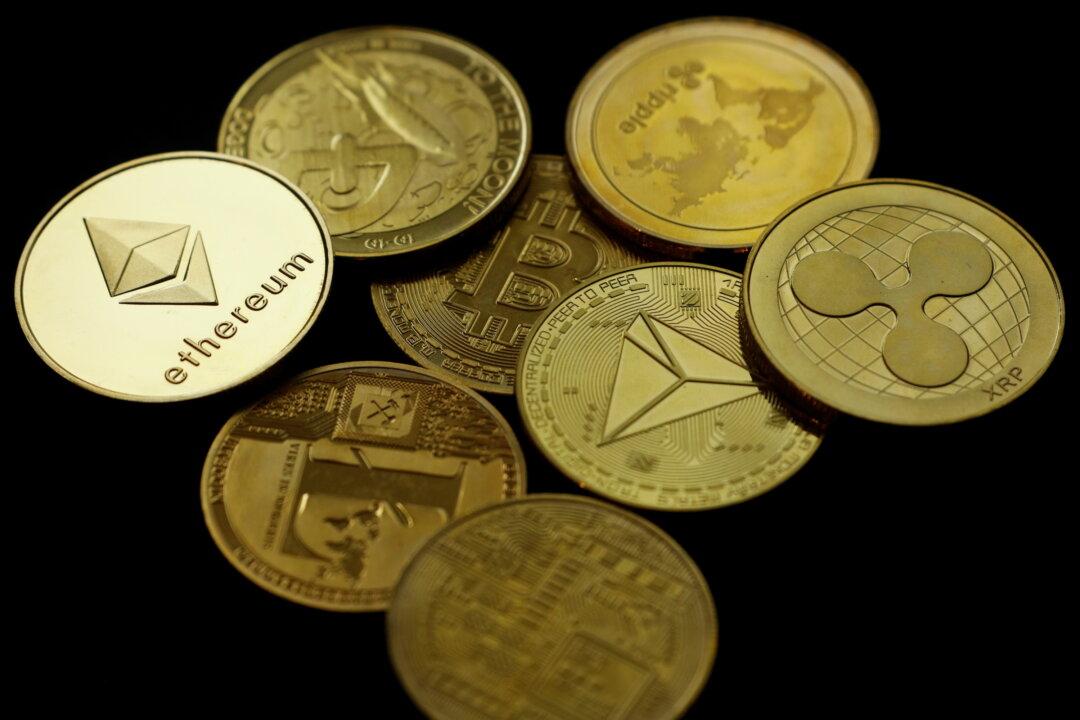Commentary
There’s now plenty of confirmation that inflation is here and getting worse. Which brings me to a far less noticed consequence of U.S. dollar debasement practices—asset inflation. Think of asset inflation as the pie and ice cream you get in your portfolio when the Federal Reserve conjures trillions of fake dollars to fund government spending binges.



